7. Remember The Night (1940)
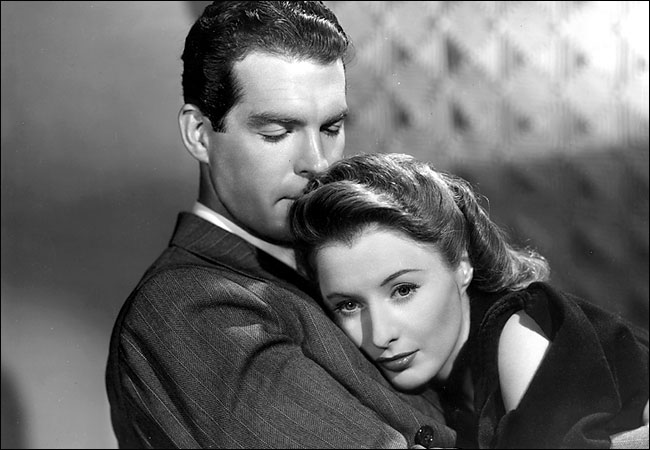
Four years before the Film Noir classic Double Indemnity hit theaters, legendary stars Barbara Stanwyck and Fred MacMurray shared the screen for the very first time in this often overlooked Christmas tale of redemption.
Stanwyck is Lee Leander, who shortly before Christmas is arrested for shoplifting in New York City. With her trial postponed, assistant district attorney John Sargent ( MacMurray) takes pity on her and ends up escorting Lee to his Indiana home to spend the holidays with his family. Romance blossoms, but her upcoming trial casts a shadow over their momentary happiness.
With an unusually nostalgic script by Preston Sturges blending comedy, drama and romance, and gracefully escaping excessive sentimentality, Remember the Night exudes warmth and style in director Mitchell Leisen’s hands. If Sturges indeed wanted his signature cynical streak to show, Leisen toned it down and the film ultimately became an incredibly touching fable with a surprisingly realistic ending.
8. Waterloo Bridge (1940)
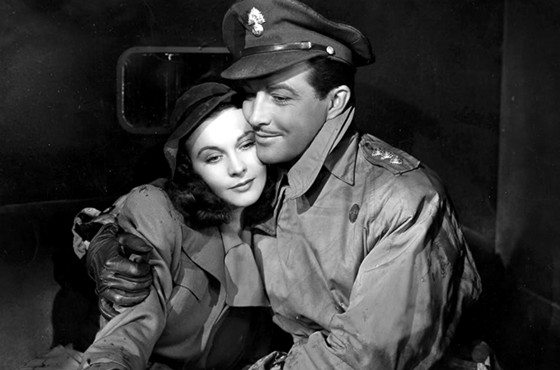
Scarlett O’Hara herself, Vivien Leigh, called Waterloo Bridge her favorite among all her films, including the legendary civil-war epic. This WWI era romance was shot in the aftermath of her glorious turn as the tempestuous southern-belle and its reputation greatly suffered from unreasonable comparisons.
A remake of the 1931 Pre-Code of the same name, the tragic love story about a ballerina-turned-prostitute due to the hardships of war and her British officer fiancée who virtually comes back from the dead, also stars MGM superstar Robert Taylor, in one of the finest roles of his career.
Leigh and Taylor make one of the most beautiful on-screen couples Hollywood ever paired. They both give poignant performances, aided by Mervyn LeRoy’s sensitive direction. In a memorable scene, the couple dance to Auld Lang Syne in a candlelight-lit club, shortly before Taylor’s bittersweet farewell to active duty in France…It doesn’t get more romantic than this.
9. Man Hunt (1941)
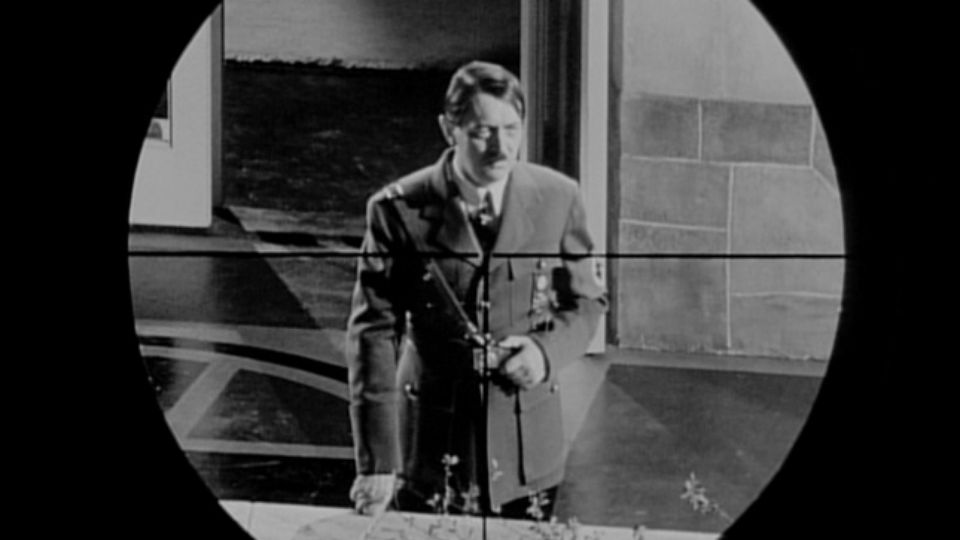
Fritz Lang’s war-time drama features the director’s usual combination of dark visual style and an entertaining script, based this time on Geoffrey Household’s 1939 novel Rogue Male.
It stars Walter Pidgeon as a British hunter, who upon being caught trying to assassinate Hitler, is then hunted himself by German agents. He then meets a young prostitute, played by Joan Bennett, who tries to aide his escape.
A relevant account of the dangers of the Nazi regime back when the US was about to enter WWII, this is not your average propaganda film. The writing is smart and does not rely on clichés. The effective characterization of the Nazis is led by George Sanders’ impressive portrayal of a Gestapo Major, followed by John Carradine’s scary turn as the hunter’s tracker.
Nevertheless, one cannot argue the spotlight is truly on Pidgeon and Bennett. The former is his usual skilled self, easily transitioning from lighter scenes to emotionally draining ones. Bennett, on the other hand, who made arguably her best films with Lang, is simply charming to watch; with her cockney accent and underlying frailty, it is virtually impossible not to become involved with her character arc.
Overall, Man Hunt is an engaging and unique cinematic experience, if not a perfect one. It would most likely be better known if it didn’t suffer from repetitive comparisons with Lang’s irreproachable works.
10. This Gun for Hire (1942)
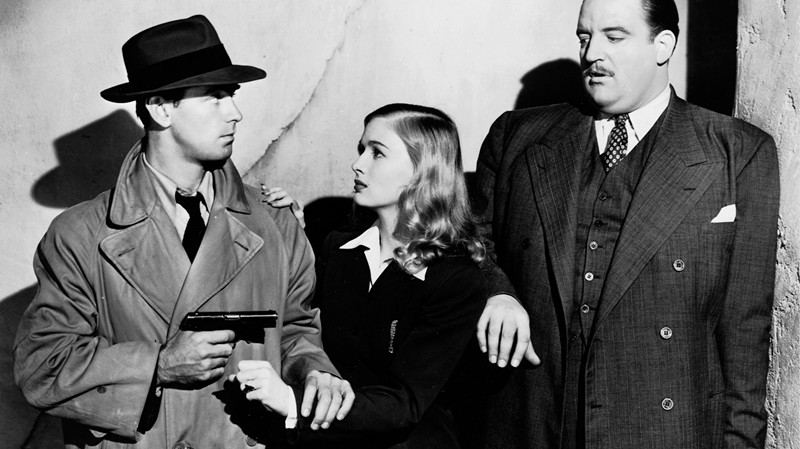
Actress Veronica Lake found fame in the 1940’s as a Film Noir femme fatale, but, ironically, among all of her films, only a comedy is widely remembered today – Preston Sturges’ Sullivan’s Travels.
Alan Ladd is another case of mistaken identification with a film genre. If to modern-day audiences, Ladd is the lone gunman from George Stevens’ famed Western Shane; in his hey-day the actor was actually a celebrated leading-man from the “dark film” phenomenon.
To watch both Lake and Ladd in their natural environment of shadows and crime, one should look for their on-screen partnership. The fascinating couple, who was first paired-up on account of their matching diminutive stature, made a total of seven films together, of which, This Gun for Hire is arguably the best.
Hit-man Philip Raven (Ladd) is paid off for a job in marked bills and ends up on the run from the police. On his journey he meets Ellen Graham, the girlfriend (Lake) from his pursuing cop (Robert Preston), who may or may not be hiding a secret herself.
The plot is full of twists and turns in the best Noir fashion, but it’s nowhere as confusing a Raymond Chandler novel. Frank Tuttle’s attempt at a stylized crime drama has all the right story elements on its side, but its legendary main couple remains the true reason for its greatness.
11. The More the Merrier (1943)
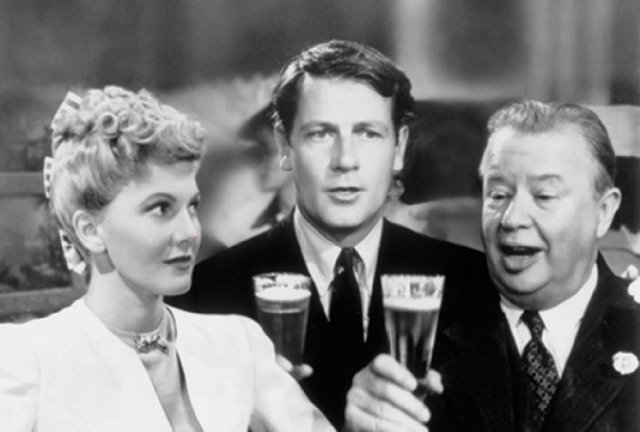
Although not as famous as the likes of It Happened One Night or Bringing up Baby, The More the Merrier offers just as a delightful and hilarious ride as the most acclaimed of screwball comedies.
Set in Washington, D.C during the housing shortage of WWII, Connie Milligan ( Jean Arthur) is forced to sublet her apartment to Sergeant Joe Carter ( Joel McCrea) and retired eccentric Benjamin Dingle ( Charles Coburn), who starts playing cupid to the young couple.
Jean Arthur, the most brilliant, but sadly underrated comedienne of her time, is seen here at the top of her game, delivering the script’s funny lines with impeccable timing and charm. In a most emblematic scene, Connie explains her perfectly scheduled morning rituals to an amused Dingle only to see the old man completely interfere with her over-organized lifestyle.
George Stevens’ film also presents the kind of romance old movie lovers adore. Joel McCrea makes the perfect strong and handsome straight man to Jean Arthur’s adorable comicalness. The subtly sexy porch scene between the couple is a lesson on how to depict sexual attraction in movies without having to rely on vulgar dialogue or imagery.
Furthermore, the always excellent character actor Charles Coburn won his only Oscar for the comedy. He had already shared the screen with Arthur, three years prior in the equally notable farce The Devil and Miss Jones, and they certainly took their funny chemistry to the next level in this one.
12. The Picture of Dorian Gray (1945)
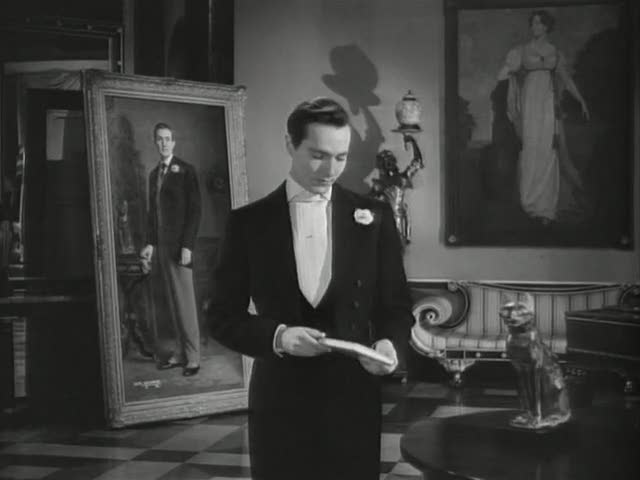
Oscar Wilde’s eerie novel has been adapted to the screen dozens of times, but it’s still quite a challenge to find a more impactful version than Albert Lewin’s 1945 production. Even with modern technology on our side, we still haven’t found a more fitting look for a gloomy tale than that smashing black and white visual that MGM cinematographer Harry Stradling did so well.
The well-known story, about a young man who sells his soul for eternal youth and sees his portrait age and decay rather than his body, is told with lots of elegance and style as it builds towards its famous and horrifying climax.
The startling Technicolor segments of the picture, as we see it from Gray’s point of view, are not simply there to please the audience – as it usually happened in b&w films when color technology was dawning – but instead, they empower the movie’s impact as the story advances.
Donna Reed, Angela Lansbury, Peter Lawford and George Sanders star alongside relatively unknown actor Hurd Hatfield as Gray. The performances are all competent, but credit be given to Lewin for creating an atmosphere as obscure as the one in Wilde’s book and that is what ultimately makes the movie an unsung classic.
13. Humoresque (1946)
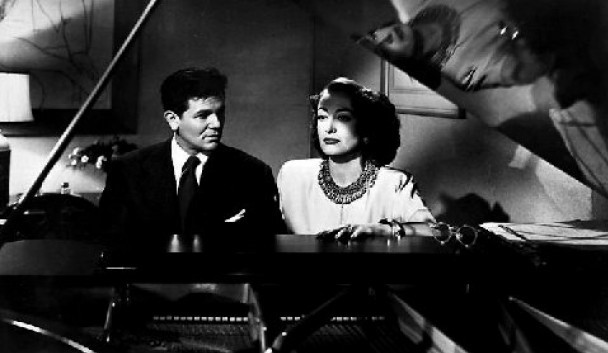
Despite having won an Oscar for 1945’s Mildred Pierce, Joan Crawford’s acting abilities have always been somewhat undervalued, especially when one compares her fame to contemporary screen-rival Bette Davis’. Fortunately, if one takes a more attentive look at her career, they won’t take long to find gems like Jean Negulesco’s Humoresque, in which Crawford more than proves she was a brilliant performer when given the right kind of roles.
In the 1946 drama, the actress plays a problematic socialite who becomes a young violinist’s patron. The virtuoso is played by Hollywood method-acting pioneer John Garfield and their contrasting performing styles only add to the electrifying on-screen chemistry.
As Garfield’s career rises, Crawford begins her decline into drinking and neurosis and their fights increase as they both deny their feelings for each other. A first-rate melodrama blessed with a magnificent soundtrack by composer Franz Waxman, Humoresque also features a tragically poetic beach ending that was the inspiration behind Madonna’s The Power of Good-Bye music video.